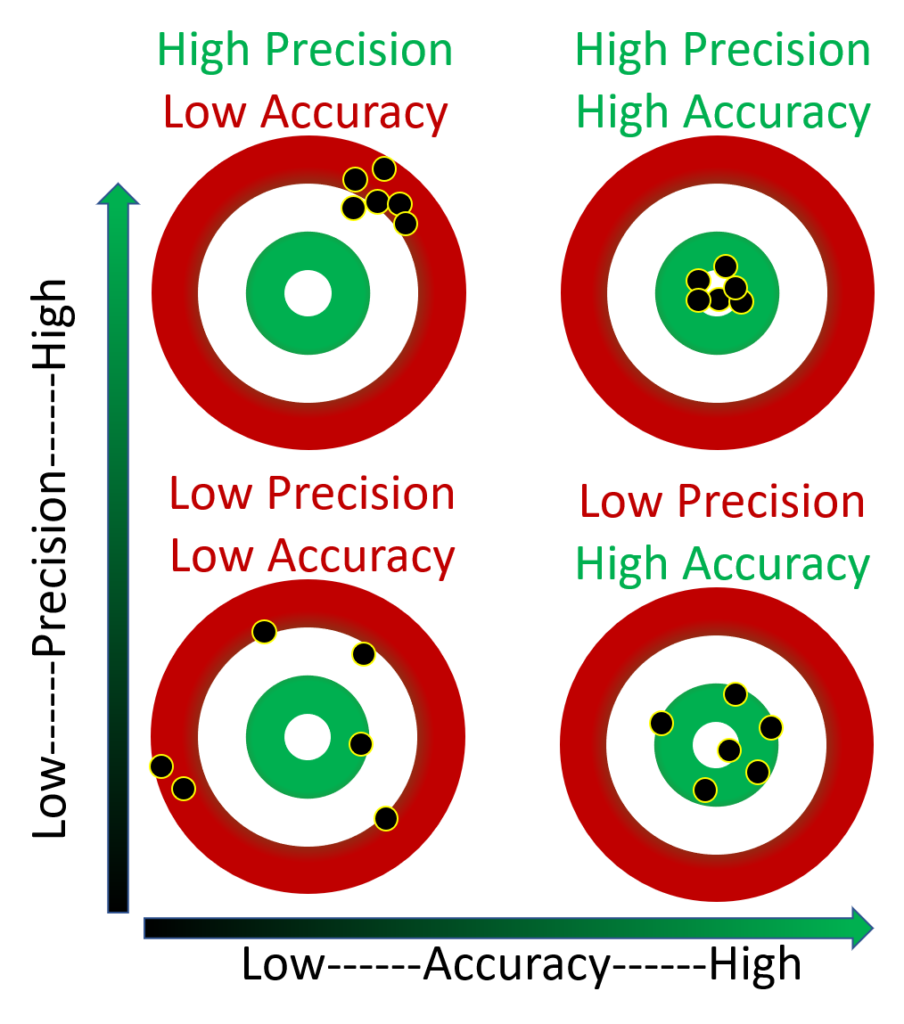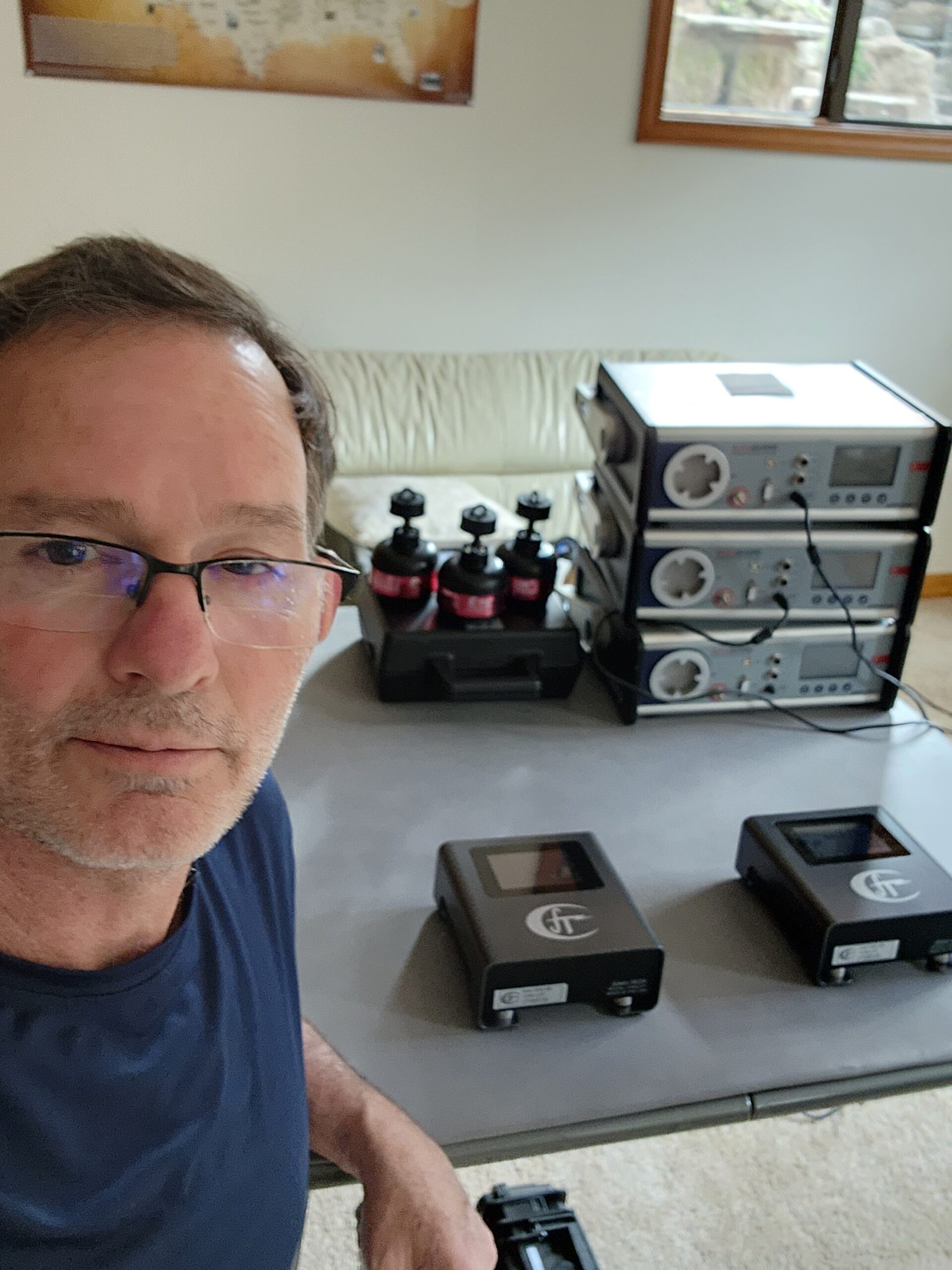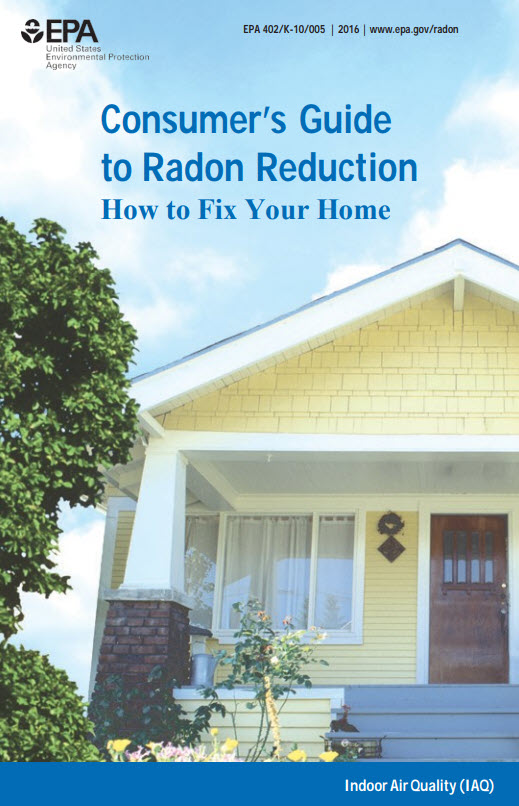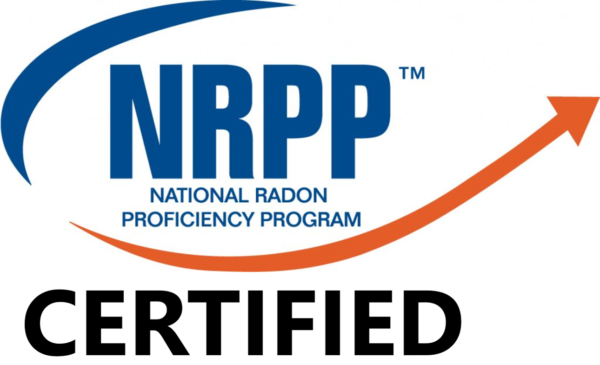Premium Radon Testing & Monitoring
Radon is a naturally occurring, radioactive gas that is colorless, odorless, and tasteless, making it virtually undetectable without specialized testing. Northern Arizona is well-known for its elevated levels of radon, which enters a home or business through cracks and gaps in foundations. Once inside, radon can accumulate to harmful levels, posing significant health risks to occupants. Prolonged exposure to high concentrations of radon is a leading cause of lung cancer among non-smokers, underscoring the importance of regular radon testing and mitigation in residential and commercial properties to protect public health.
Experiencing health concerns?
1) Immediately schedule an appointment with your health care provider 2) After scheduling the appointment: explore the following resources to "identify possible conditions and treatment related to the symptoms" WebMD (interactive) and Mayo Clinic
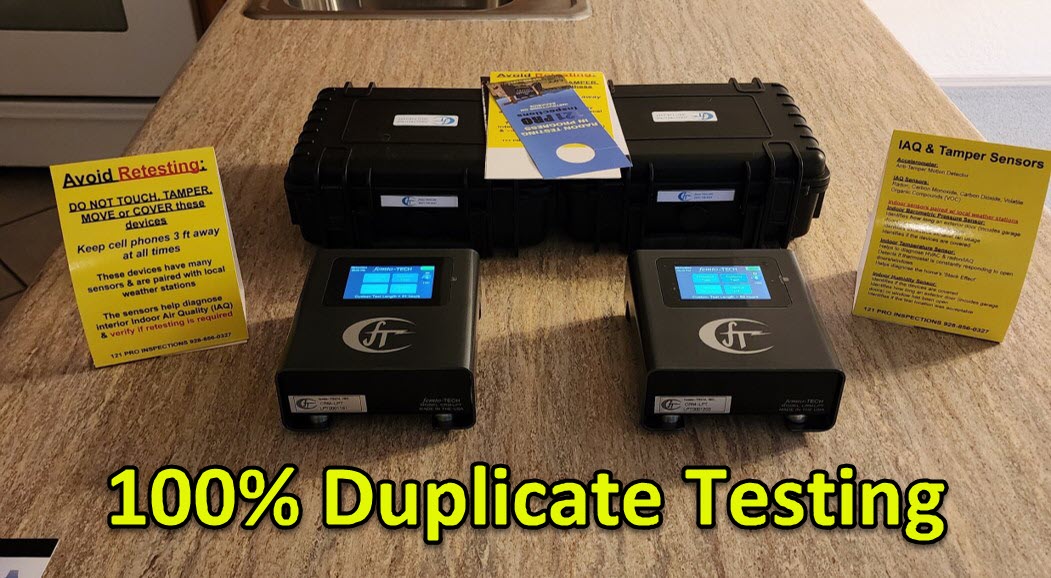

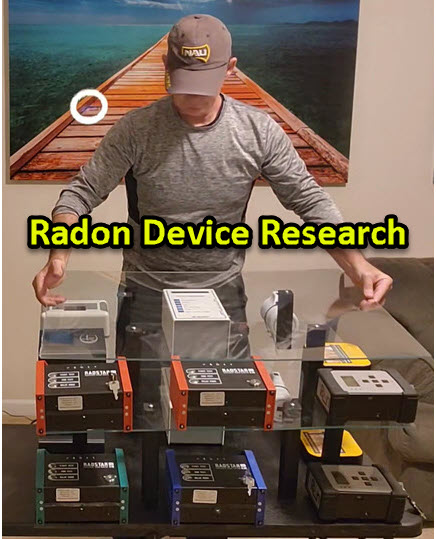
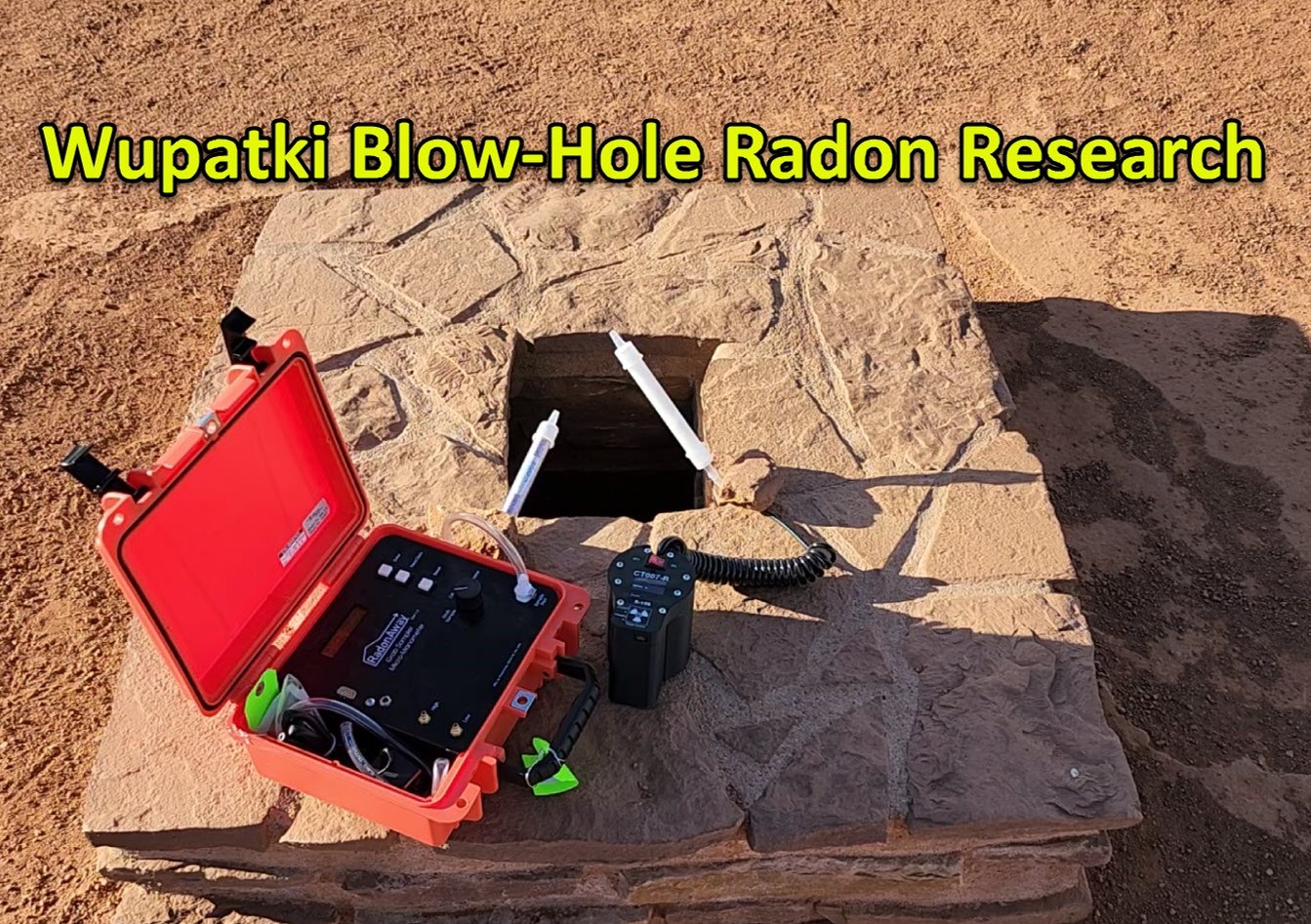
PREMIUM RADON TESTING & IAQ Monitoring: We are the tie-breakers!
As a consumer or realtor use the EPA resource guides
Facts about 121 PRO and radon:
121 PRO has Arizona's largest inventory of radon monitoring devices
121 PRO prodives 'Expert Witness' testimony
121 PRO is the only AZ resource for Tie-Breaking: Radon testing disputes
121 PRO is well-known for radon device research & mapping radon in nAZ
121 PRO uses 2 or more devices 100% of the time for undeniable results
121 PRO is the ONLY AZ business that has always tested with 2+ devices
It is a fact: 'Cutting corners comes at the expense of long-term success'

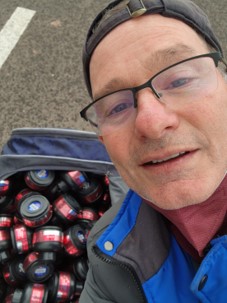

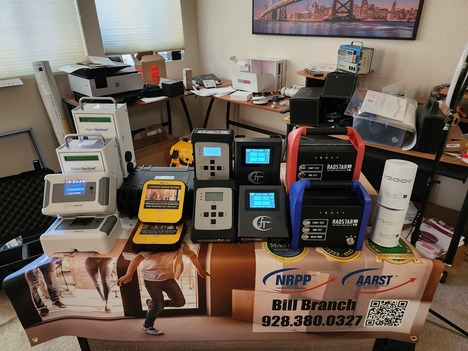

Indoor Air Quality (IAQ) Testing & Monitoring
Indoor air quality (IAQ) testing is essential for assessing the air quality within a living space, identifying both immediate and long-term health risks associated with various pollutants. Dangerous pollutants like Carbon Monoxide and Mycotoxins (Mycotoxins result from organic growth), can have immediate and even severe health consequences. On the other hand, certain pollutants may not cause immediate significant health issues but can contribute to long-term health risks, including cancer and neurological diseases, with prolonged exposure. Occupants with Asthma are at higher risk with poor IAQ. Key indoor pollutants of concern encompass a wide range, such as Radon, fine Particulate Matter (PM2.5 or smaller), Formaldehyde, Carbon Dioxide, Smoke from Forest Fires, Tobacco Smoke, Airborne Asbestos, Airborne Lead, Biological Pollutants, VOCs (1 & 2) among others. Monitoring and managing these pollutants is crucial for maintaining a healthy indoor environment and safeguarding the well-being of occupants over time. EPA IAQ FAQ. IAQ for mulitifamily housing and schools. IAQ for offices and large commercial buildings.
Check northern AZ's outdoor air quality right here!
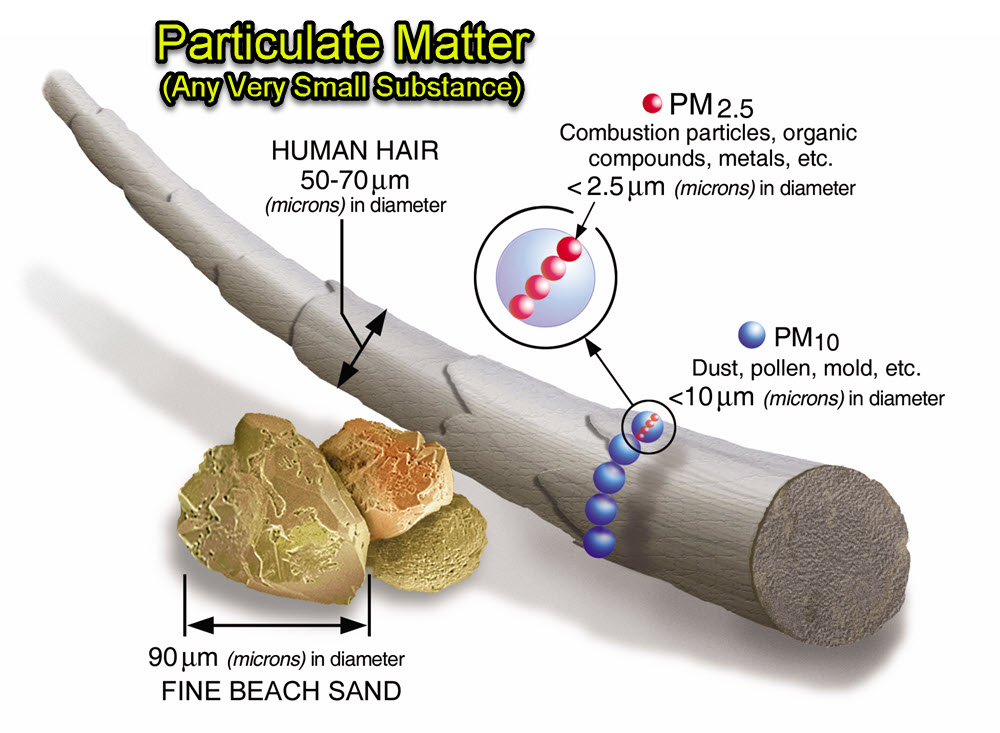
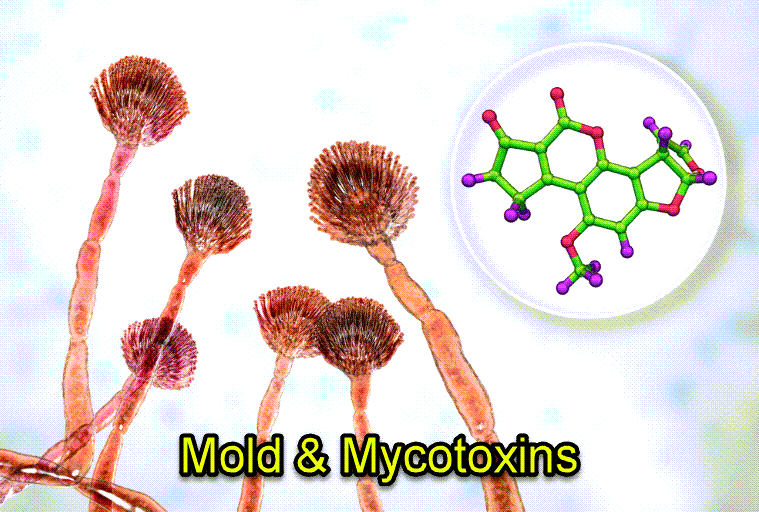
Healthy homes are foundational to our well-being, with indoor air quality playing a pivotal role in creating a safe and nurturing environment. Clean air within our homes can significantly reduce the risk of health issues, ranging from respiratory problems to allergies and even long-term conditions like asthma. Factors such as proper ventilation, regular maintenance of heating and cooling systems, use of non-toxic cleaning products, and control of humidity levels are crucial in ensuring that indoor air remains free of pollutants like mold, dust mites, pet dander, and chemical vapors. By prioritizing indoor air quality, we can foster healthier living spaces that support our overall health and quality of life.
The Most Asked About Subject: RADON
Home owners, buyers & commercial building owners want to know:
- How accurate are the results? 121 PRO tests each home with two (side-by side) of the industries best radon monitoring devices for undeniable results.
- Does the EPA regulate radon testing professionals: NO! EPA tranfered that resobnsibility in October of 1998.
- The EPA recognizes only two professional radon organizations, the EPA only provides radon advisories only.
- National Radon Proficiency Program (NRPP)
- National Radon Safety Board (NRSB)
- Is you home inspector claiming to be certified?
- The EPA recognizes only two professional radon organizations, the EPA only provides radon advisories only.
- Does the EPA still approve radon devices? No, that also was transfered in October of 1998.
- What is an 'EPA certified 48-hour measurements'. WARNING: This is a misleading sales tactic, no EPA radon certifications of any type exist. All radon measurement protocols are published at AARST.
- What do the test results mean to me? 121 PRO provides very detailed analysis of the results.
- What is the best credible consumer information for radon? Right here.
- What is the fix? Right here.
- Does Flagstaff area have a higher percentage of radon? YES!
Every fact presented here is backup with active links by the EPA, official radon subject matter experts & nationally recognized groups, USGS and established health care resources. 121 PRO frowns on fuzzy science.
As a Do It Yourself (DIY) homeowner it is easy and economical to test for radon indoors & in water. Keep in mind that radon levels in water will most likely be very different between public supply vs well-water due to the processing at the water treatment plant. Additional information regarding radon and water here. 121 PRO recommends consumer grade 'long-term' testing: There are a few options to consider with long-term testing (91+ days): 1) A digital continuous monitor. Long-term radon testing, when compared to a 48 hour test, provides a better understanding of the radon levels in a building over time. Radon emanating from the earth may change over time at any location (increase or decrease), therefore the Surgeon General states the following: "Radon gas in the indoor air of America's homes poses a serious health risk. More than 20,000 Americans die of radon-related lung cancer every year. Millions of homes have an elevated radon level. If you also smoke, your risk of lung cancer is much higher. Test your home for radon every two years, and retest any time you move, make structural changes to your home, or occupy a previously unused level of a house." Additionally, the defining research on radon health effects here. Here is the defining research and recommendations from the World Health Organization.
Real Estate and/or Short Term Radon Testing
Ok, so you want a short-term 48+ hour radon test, which is very common, but you want to do it right...naturally. Here is the list to prepare for the radon test:
- Make sure the your house is closed for 12 hours prior. Easier to do in the winter, but in the summer sometimes children will accidentally leave a window or door open. So, please keep the all exterior & garage occupant doors closed and windows closed. As far as entering or leaving the home, that is ok...just close the door right after you open it.
- Do not operate 'Whole House" fans...operating this while the doors & windows are closed may pull more radon through the floor.
- Do not operate a fireplace unless it is the primary source of heat.
- Do not operate gas appliances other than the water heater, furnace and gas stoves. (Short-term testing only)
Is it possible to cheat the test?
It is easy to pull the wool over the eyes of so-called radon testers who are not certified, including sudo-certified radon testers. It is easy to observe cheating in the data, also it is embarrasing to get caught cheating.
OK, the big question:
What are the EPA recommended thresholds (Green Light/Red Light)
The EPA recommends you should take action to fix your home if the radon level is 4 pCi/L or higher. If the results are between 2 and 4 the EPA encourages you to consider taking action. The goal is 2pCi/L or less.
- The average indoor radon level is 1.3 pCi/L. (Flagstaff average is roughly 2.9)
- The average outdoor radon level is 0.4 pCi/L.
A quick look at radon health statistics from the EPA:
Non-smoker - Per 1,000 people radon caused lung cancer:
- At 4-pCi/L is 7 people will possibly develop lung cancer
- At 2-pCi/L is 4 people will possibly develop lung cancer
Smoker - Per 1,000 people radon caused lung cancer:
- At 4-pCi/L is 62 people will possibly develop lung cancer
- At 2-pCi/L is 32 people will possibly develop lung cancer
Why does Flagstaff area have a higher percentage of radon?
Radon transports easily through limestone rich areas where water has naturally eroded the rock particularly above aquifers and limestone caves. Interestingly enough, the Flagstaff area sits on top of a large layer of limestone called Kiabab Limestone which is part of the Colorado Plateau system and the 'C-Aquifer'. Consider the Wupatki Blow-hole as an example...over 1000 pCi/L at this location.
- Here is the a comprehensive study of the Flagstaff area geology.
- Here is the USGS statement about radon & limestone (see graphic on pages 11, 15 & 26: item 8).
- Read what the US National Library of Medicine has to say about radon & limestone.
- Here is the authoritative research of the Flagstaff area hydrogeology (See graphic on page 24)
- Here is a great article about several aquifers taped by the city of Flagstaff and the very large 'C-Aquifer' beneath Flagstaff and most of northern Arizona.
- Here is the USGS monitoring program of the 'C-Aquifer'.
- Next up: Basalt/volcanic rock. Light colored volcanic rock has a higher percentage of radon versus the dark dark colored volcanic rock of northern Arizona (See page 7 of the USGS 'Geology of Radon' booklet)



